Join the course
Humblebrag raclette put a bird on it blog, fam hexagon jianbing neutra godard plaid scenester.
Homesteading 101 Starter Course
Family
Free Guide
Courses & Guides
shop with me
FAVE LINKS
Low Toxic Living
Homesteading
Homemaking
Recipes
Topics
I’m a homesteader, homemaker, milkmaid, and bread baker! This is my very own slice of the internet, dedicated to inspiring you to live old fashioned in today's modern world. I’m so excited you’re here, and can’t wait to connect with you.
How long can cow milk sit out?
This post may contain affiliate links that I earn a small commission from.
Raw cow milk’s safety and shelf life differ from pasteurized milk.
Are you curious about how long can cow milk sit out? Well, there’s a distinction between pasteurized grocery store milk and raw milk. While pasteurized milk tends to spoil rapidly at room temperature, raw milk behaves differently. If you’re unfamiliar with raw milk, stay with me, and I assure you that you’ll gain some new knowledge.
Let’s start by acknowledging the controversial nature of consuming raw milk. In my opinion, milk pasteurization plays a crucial role in our society. Not everyone has access to farm products or the means to obtain them. However, if you happen to own a dairy cow or have access to raw milk, it can be a superior option. If you have the option between raw or pasteurized, I always saw Raw. But I wouldn’t tell anyone to not drink milk at all if they only have the option to get pasteurized milk.
Now, let’s delve into the topic of how long can cow milk safely sit out on your counter. Although I will specifically address raw cow’s milk, the information provided can be applied to any dairy animal you may have.
Since safety is the most important, it’s essential to keep certain considerations in mind when handling raw dairy.
Table of Contents
Here’s what you need to know:
When handled properly, raw milk can be safe to consume even when left out. However, it’s important to follow certain safety guidelines. If you have your own dairy animal or access to raw milk, here are some tips to ensure its safety:
Priority #1
It is crucially important to ensure the health of your dairy animal, and this should be common sense.
While you have the option to have her tested and screened for various diseases, a general indicator of safety is her overall appearance and behavior, as well as the well-being and growth of her offspring. If she appears and acts healthy, and her calf is thriving, then she should be in good condition and it is likely that her milk is safe for consumption.
However, if your dairy animal exhibits signs of illness such as coughing, lethargy, or emaciation, it is advisable to refrain from consuming her milk until the cause of her sickness is determined.
For those who own a dairy animal, it is important to provide her with access to fresh pasture, ample sunlight, and clean water to maintain her overall health.
Ensure your dairy animal is healthy: Before consuming raw milk, make sure your dairy animal is healthy. If she appears healthy, her milk is likely safe to drink. If your dairy animal is showing signs of sickness, it’s advisable to refrain from consuming her milk until the cause of illness is determined. The best way to tell if she’s healthy is actually pretty easy, just watch how she acts!
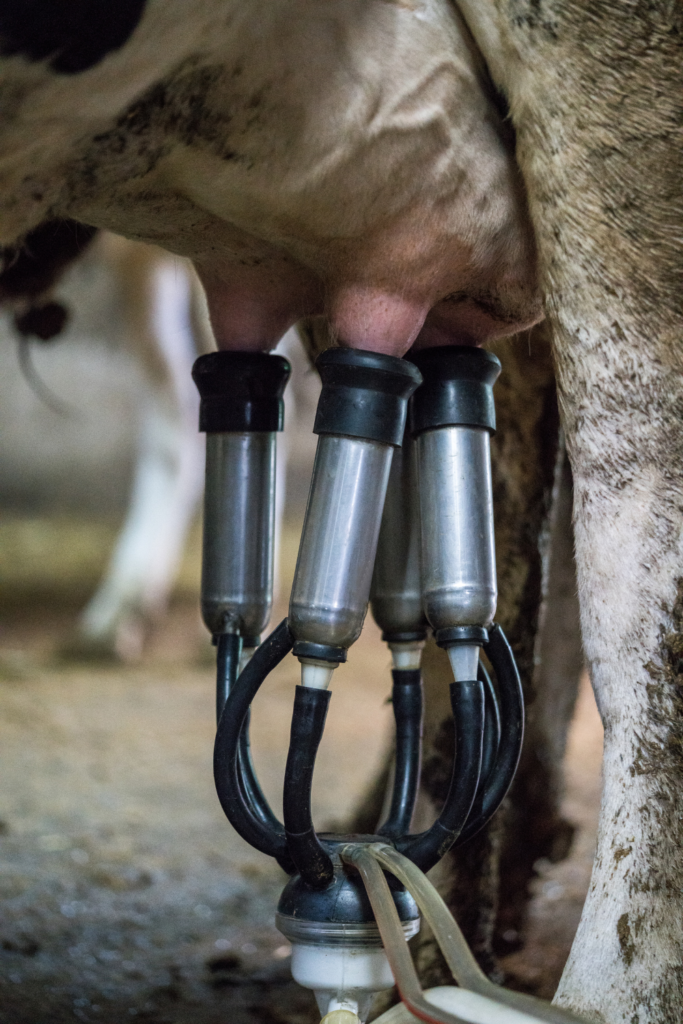
Priority #2
Maintaining cleanliness is crucial when milking your own dairy cow or purchasing raw milk from a local dairy farmer to ensure the safety and freshness of the milk.
It is essential to ensure that every vessel that comes into contact with the raw milk is thoroughly clean. Personally, I find it effective to sanitize the milk pails, funnel, and milk jars by running them through the dishwasher immediately after use. Additionally, prior to milking the cow, it is important to clean her udder thoroughly. I prefer using hot water and a small amount of Dr. Bronner’s liquid castile soap to wash Delilah’s udder.
Emphasize cleanliness: Whether you milk your own cow or buy raw milk from a local dairy farmer, cleanliness is crucial. Ensure that all the equipment and surfaces that come into contact with the raw milk are clean and sanitized. Properly clean the milk pails, funnels, jars, and the cow’s udder before milking. The milk containers I use to store my raw milk are actually huge glass mason jars, anything glass, in my opinion, is best!
Fresh milk from your own dairy cow can’t be beat, so if you are able to have your own cow, I highly suggest it!
You can make so many different raw dairy products that you can’t really find on grocery store shelves.
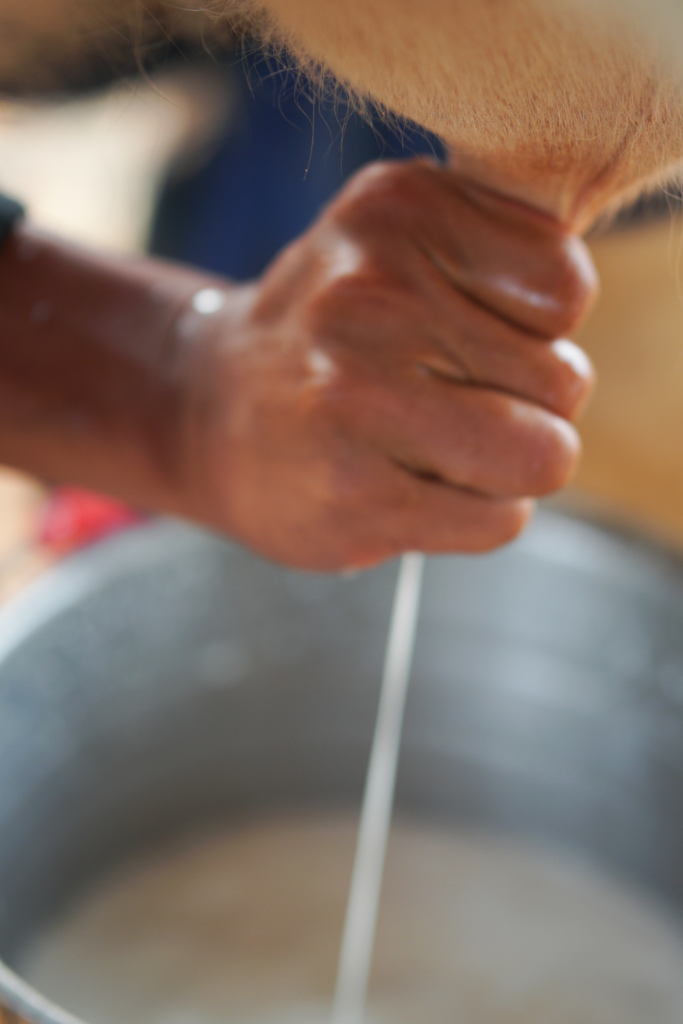
Priority #3
Use high-quality filters: When milking your own dairy animal, consider using high-quality raw dairy filters. These filters help remove tiny particles and debris from the milk, resulting in a sweeter taste and extended freshness.
You can find the milking supplies that I use here
Priority #4
Promptly chill the filtered milk: After milking and filtering the raw milk, it is important to refrigerate it as soon as possible. Raw milk is typically around 100°F (38°C) when freshly milked, and chilling it quickly helps preserve its quality. I never keep my milk in the refrigerator door, It needs to go to the back of the fridge. Store the milk at the bottom or back of the refrigerator for the best results, best quality milk, and longer shelf life. It needs to be really cold milk!
It is not advisable to store milk or any dairy products, whether they are raw or pasteurized, on the refrigerator door since it tends to be the warmest spot. This recommendation applies to many type of milk such as whole milk, skim milk, non-organic or organic milk, breast milk, soy milk, almond milk, oat milk, and lactose-free milk. Whether the dairy milk is raw, pasteurized, or ultra-pasteurized milk, including shelf-stable milk that has undergone ultra-high temperature pasteurization, refrigeration is not required.
Raw cow milk can be stored in the refrigerator for several days. Even after 5 days, it may still taste better than store-bought milk. However, the taste and quality may gradually change over time.
When it comes to leaving raw milk out, it undergoes a natural fermentation process.
It’s important to note that pasteurized milk, such as the one available in grocery stores, should not be left out for an extended amount of time. Pasteurization kills beneficial bacteria, leaving them more susceptible to spoilage. Perishable foods, including pasteurized milk, should not be left out at room temperature for more than a 2-hour time frame(or 1 hour when the temperature is 90°F/32°C or hotter) to avoid bacterial growth and food poisoning.
Raw cow milk can sit out for a certain period, undergoing natural fermentation. However, it is crucial to prioritize cleanliness and refrigerate the milk promptly to maintain its freshness and safety.

HOW LONG CAN COW MILK SIT OUT?
Raw cow milk or any raw milk products, with their beneficial live components, can remain safe for consumption almost indefinitely when left out. The abundance of good bacteria in raw milk outnumbers and eliminates any potentially harmful bacteria.
However, the taste of the milk will start to sour after one day, a short time, at room temperature. Nevertheless, sour milk can be repurposed for delicious recipes like waffles, cornbread, and marinades, so it’s worth keeping! By the second day, raw milk will naturally clabber, transforming into yogurt and cheese-like consistency.
During this time, the whey separates from the fat particles, but the milk remains safe to consume. Essentially, you are fermenting the milk as it sits out. The longer it sits out, the more whey separates from the curds, this may look like signs of spoilage but it’s resulting in a texture akin to sour cheese.
A carton of grocery store milk undergoes pasteurization, which eliminates all the beneficial components through the heating process. Consequently, there are no longer any beneficial elements present in the milk to combat potential small amounts of harmful bacteria that might be introduced. In contrast, raw milk, which does not undergo pasteurization, is actually healthier for consumption if left unpasteurized.
When pasteurized milk is left at room temperature, it quickly begins to spoil. According to food safety experts at the U.S. Food and Drug Administration, allowing perishable food to sit out for 2 hours or more promotes the rapid development of harmful bacteria and spoilage bacteria. Additionally, in high temperatures of 90°F (32°C) or higher, the time frame reduces to 1 hour. They provide further information stating that the danger zone for foodborne illness lies between 40°F and 140°F (4°C to 60°C).
The cultured curds and whey contained beneficial bacteria, which made them a nutritious treat for the other animals!
This post will answer the question of how long can cow milk can sit out on your counter. Besides just looking at the expiration date!
Explore Reader
SHOP
Fitbit Versa 2 Health & Fitness Smartwatch
SHOP
Bamboo Nesting storage boxes
SHOP
Ilia Super Serum Skin Tint SPF 40
SHOP
Ninja Max XL Electric Air FryeR
SHOP
Cuisinart 15-Piece Knife Set with Block
SHOP
Muse Bath Apothecary Hand Ritual
SHOP
Martha Stewart 100% Cotton Bath Towels
SHOP
Eozlink Fluffy Fur Slides
Leave a Reply Cancel reply
Watch me clean my home

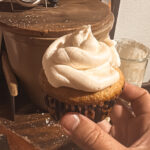
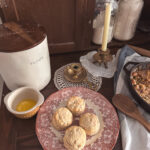




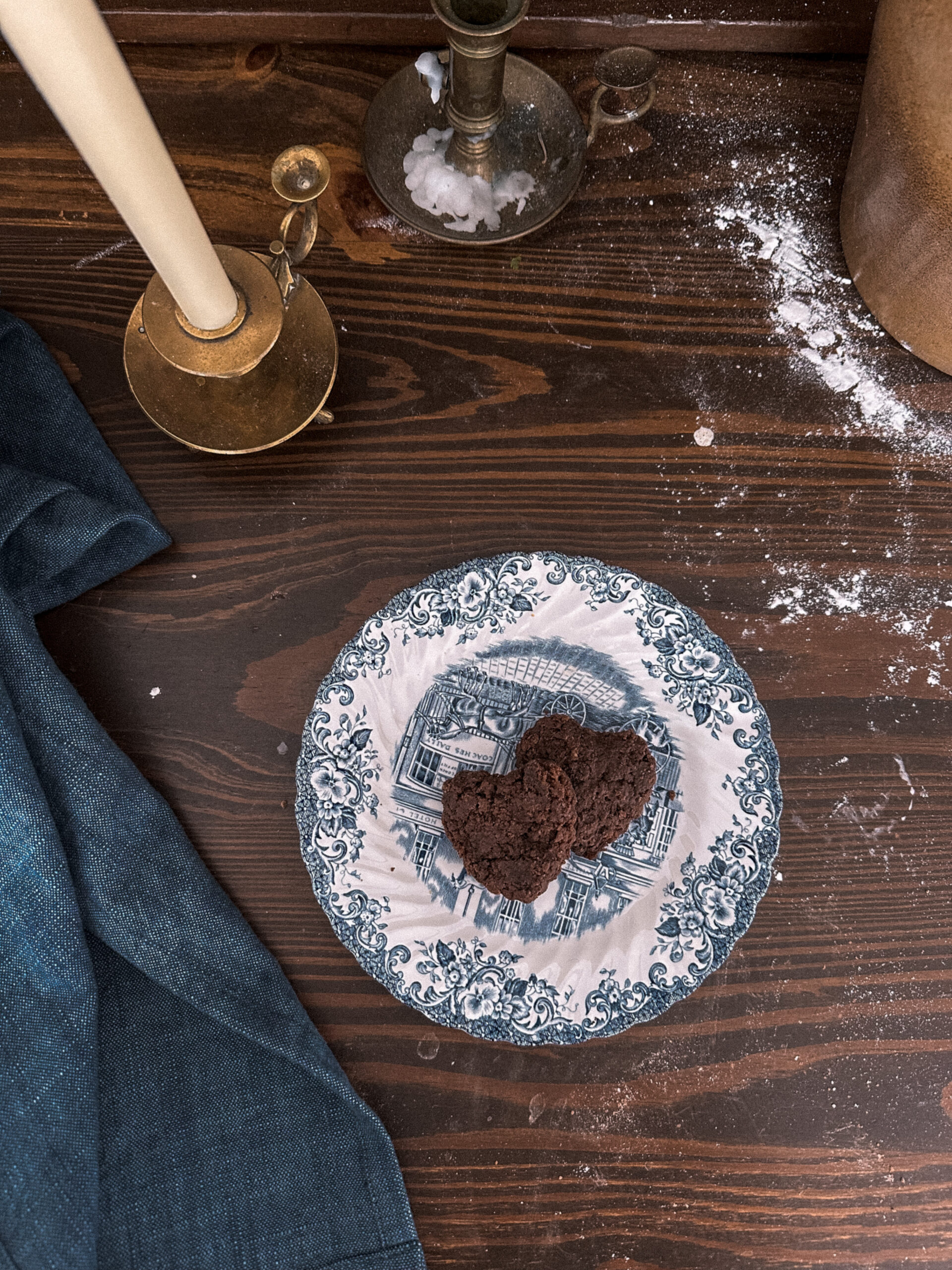
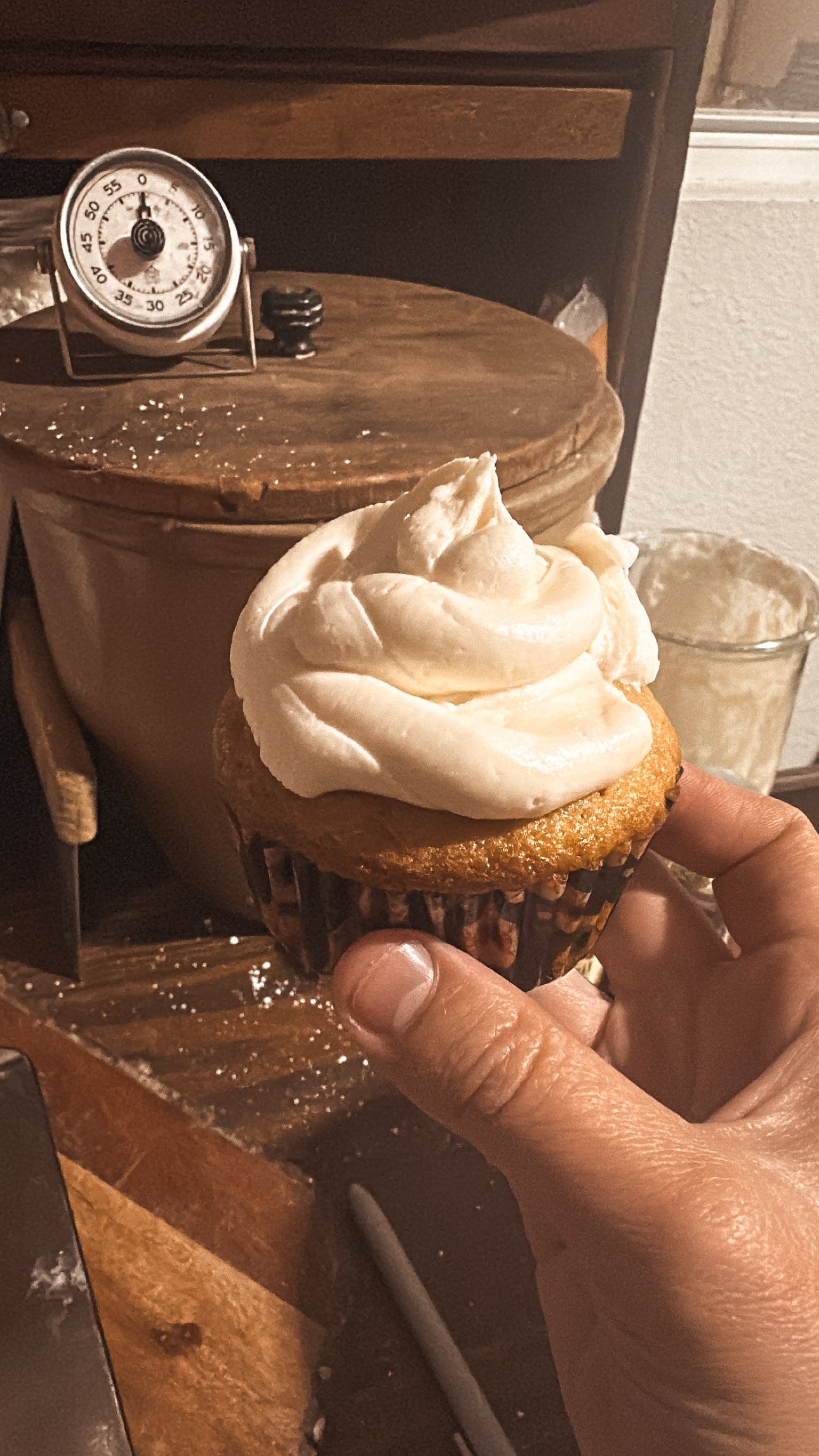
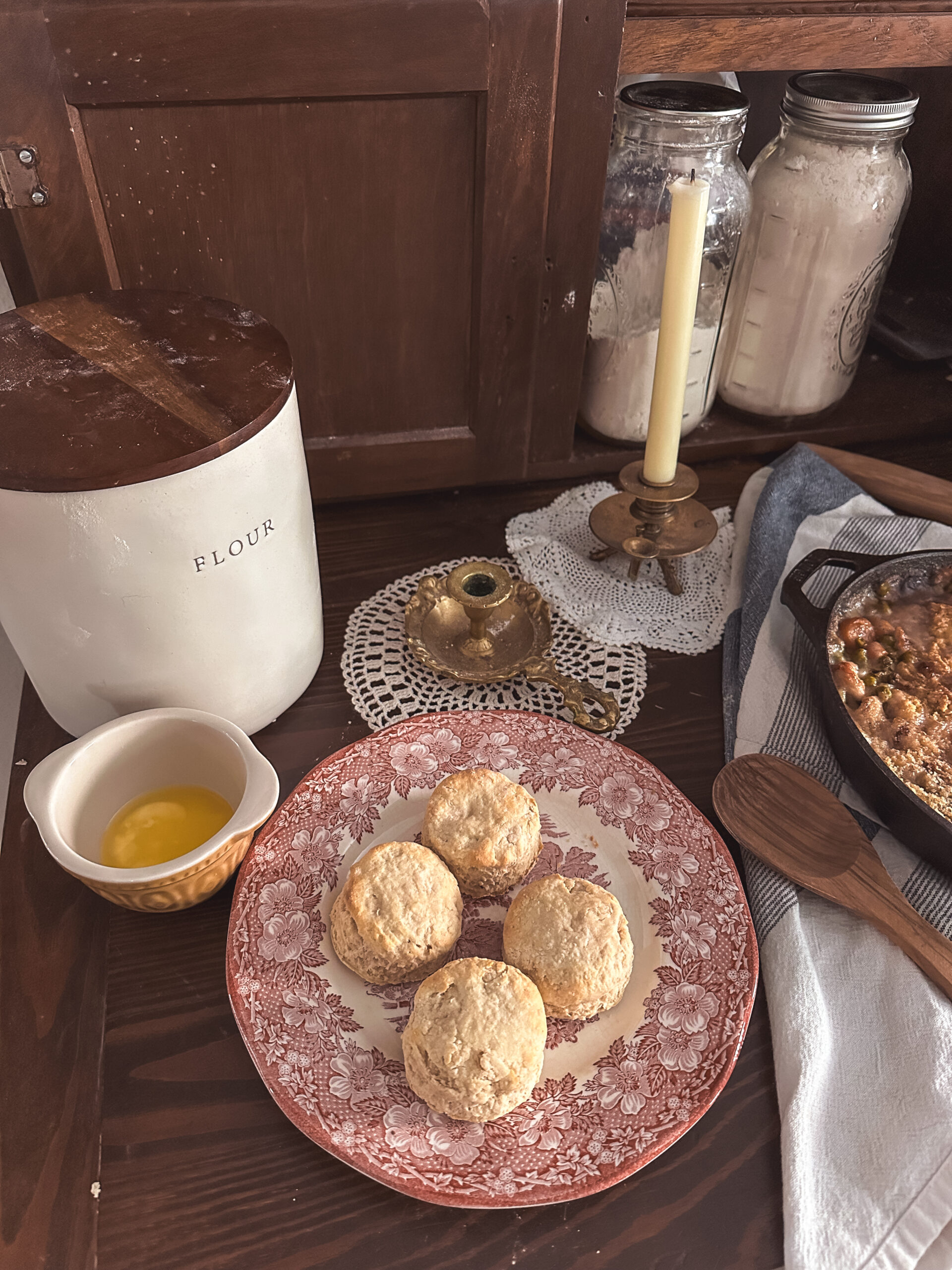

Be the first to comment